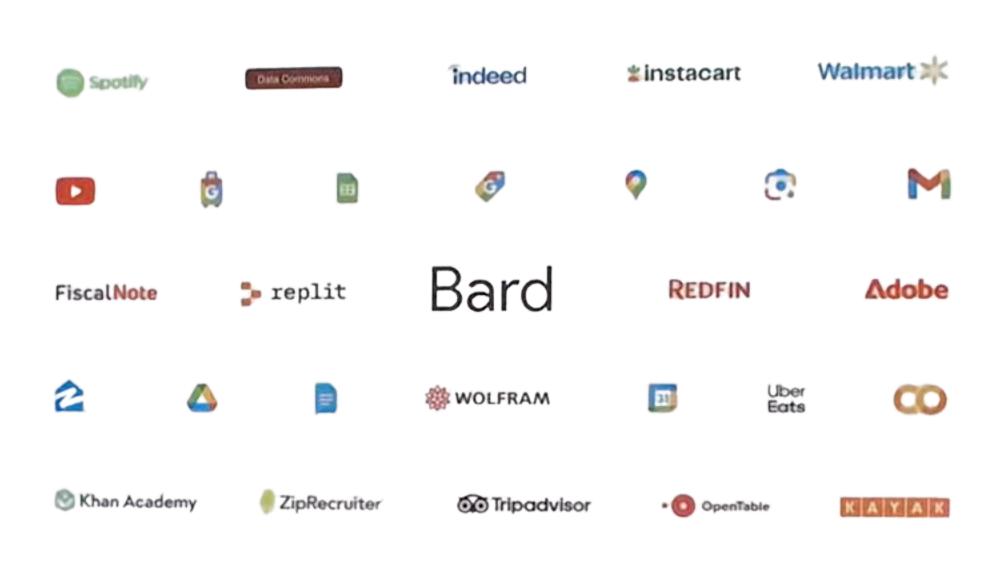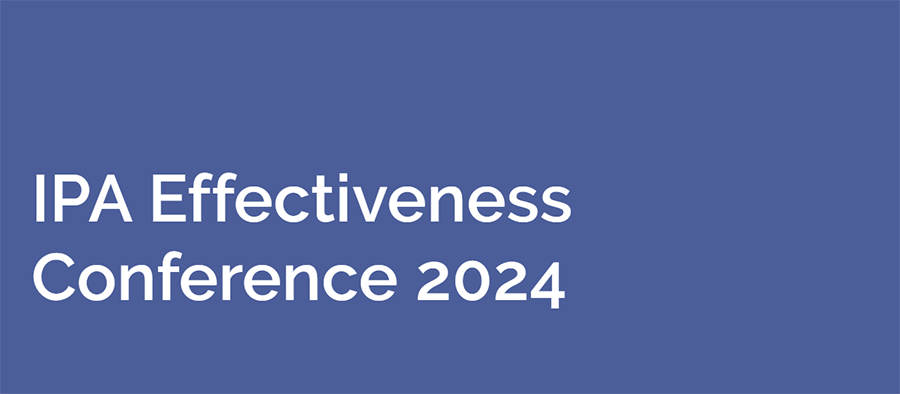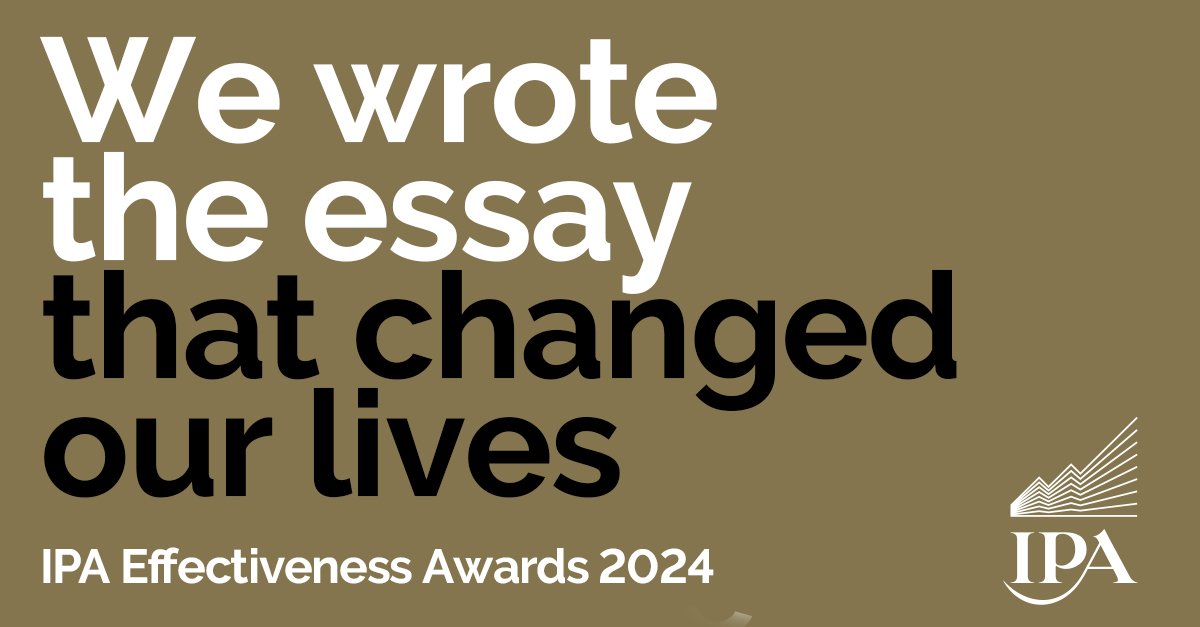They may have lost the first battle. But yesterday, Google began their counteroffensive in the struggle for AI supremacy. They staked their new position on the issue which is likely to define the tech landscape in the years to come (following the strange quasi-death of the Metaverse). They made a play for new territory by announcing a fleet of Google AI tools to reinforce Bard, the core AI product they launched 51 days ago in the wake of ChatGPT’s surge into AI dominance.
From an early review of the new tools announced yesterday, Google appears to be building on its advantages. Rather than a one-size-fits all solution, they are using their unrivalled data capabilities to plug-in and enhance their enormous existing tool suite with AI capabilities. Millions of households, businesses and personal lives run on Google tech already. So it feels like a no-brainer to revitalise their ecosystem with tool-specific AI integrations people can quickly on-board into their daily lives, for expected massive efficiency and productivity gains.
So what new Google AI tools can we look forward to?
Among the new generative AI features Google unveiled yesterday are a new API for developers to juice independent innovation, AI-powered apps and integrations for Google Workspace users, and a new research paper on PaLM. Google also announced three new AI models: Gemini, Aero, and Firefly. Let’s have a quick look at them:
Bard
When it was released less than two months ago, many noted that Google’s core AI platform Bard felt a little… MVP. This looks like it changed yesterday with a number of new feature announcements including…
- Visual search from photos
- Support for 20+ programming languages
- Enhanced app interoperability
- Write in Gmail + export into Docs
- Generate spreadsheet from prompts.
PaLM API
The PaLM API is a new way for developers to access the power of Google’s PaLM AI model. PaLM is a 540-billion parameter language model that underpins many Google AI tools. It can generate text, translate languages, write different kinds of creative content, and answer your questions in an informative way. The PaLM API is currently in preview, but it will be available to all developers in the coming months.
Google Workspace Integrations
In a move sure to generate plenty of water-cooler conversations, Google also announced a number of new generative Google AI tools for Google Workspace users. These features are currently in testing, and are expected to roll-out in the coming months.
- Gmail: Gmail AI will help users write more impactful emails. For example, they will be able to generate email subject lines that are more likely to be opened, plus more personalised email content. The ‘Help me Write’ tool promises to automatically generate a whole email from a simple one-line prompt
- Google Docs: users will be able write more creative, engaging and informative documents. For example, they will be able to generate document outlines and summaries
- Google Slides: Google Slides users will be able to use generative AI to create smarter, more informative and appealing slides
PaLM Research Paper
Google also released a new technical report on PaLM, describing the architecture of PaLM and the results of experiments that were conducted on the model. The paper highlights core features of the new version of PaLM, including multinlinguality, coding and advanced reasoning capabilities.
Gemini
Gemini is a new AI model that is designed to generate text that is both coherent and creative. Gemini is the most direct rival to OpenAI’s GPT model, trained on a massive dataset of text and code, and able to generate text in a variety of styles, including news articles, blog posts, and creative fiction. Gemini is still under development, but it has the potential to be a powerful tool for writers, journalists, and creative artists.
Adobe Aero
Google and Adobe have joined forces to develop this new tool for AR creators. Imagine Google’s real world modelling and mapping capabilities with Adobe’s suite of creative, design and visual tools.
Firefly
Firefly is ‘the Midjourney one’ – another Adobe collab that will enable Bard to generate new images.
Landscaping the walled garden?
Critics have already voiced concerns that Google’s AI tools advance represents a scraping of open web data onto Google’s platform ecosystem to support the profitability and effectiveness of their targeted advertising. Although this is a legitimate concern, the explosion of productivity and new content set to be unleashed by these new tools feel like a balanced exchange.
Other walled gardens like Apple and Amazon will be wondering how they can make their flowerbeds just a little more appealing in response to Google promise of unlimited creativity for everyone.
Google’s new features offer a glimpse of the future of generative AI, and are helping inject excitement into tech again, after a few years of perceived stagnation in the sector’s ability to generate surprising, game-changing innovations.
If you want us to show you what they can really do – you know what to do…





